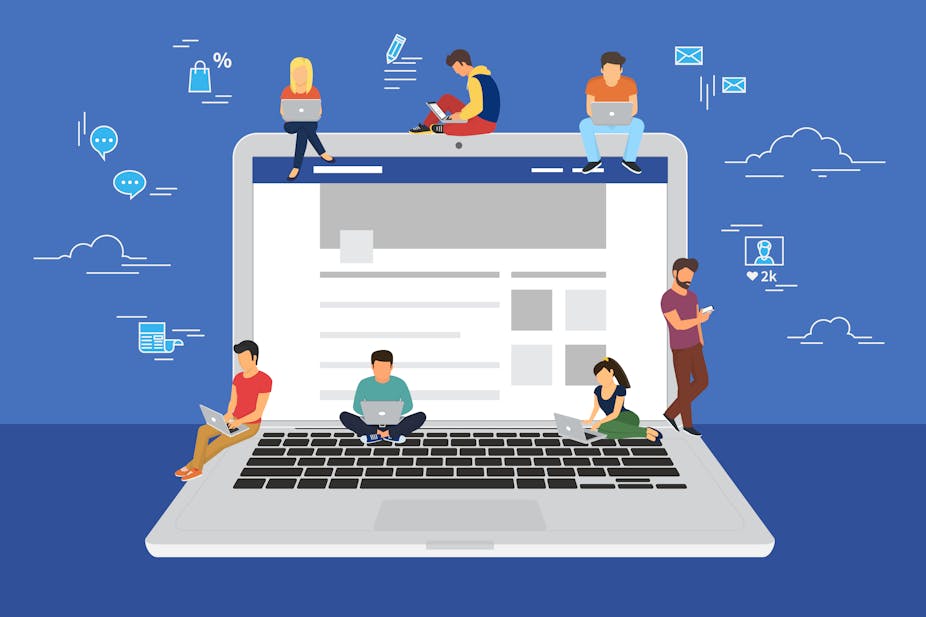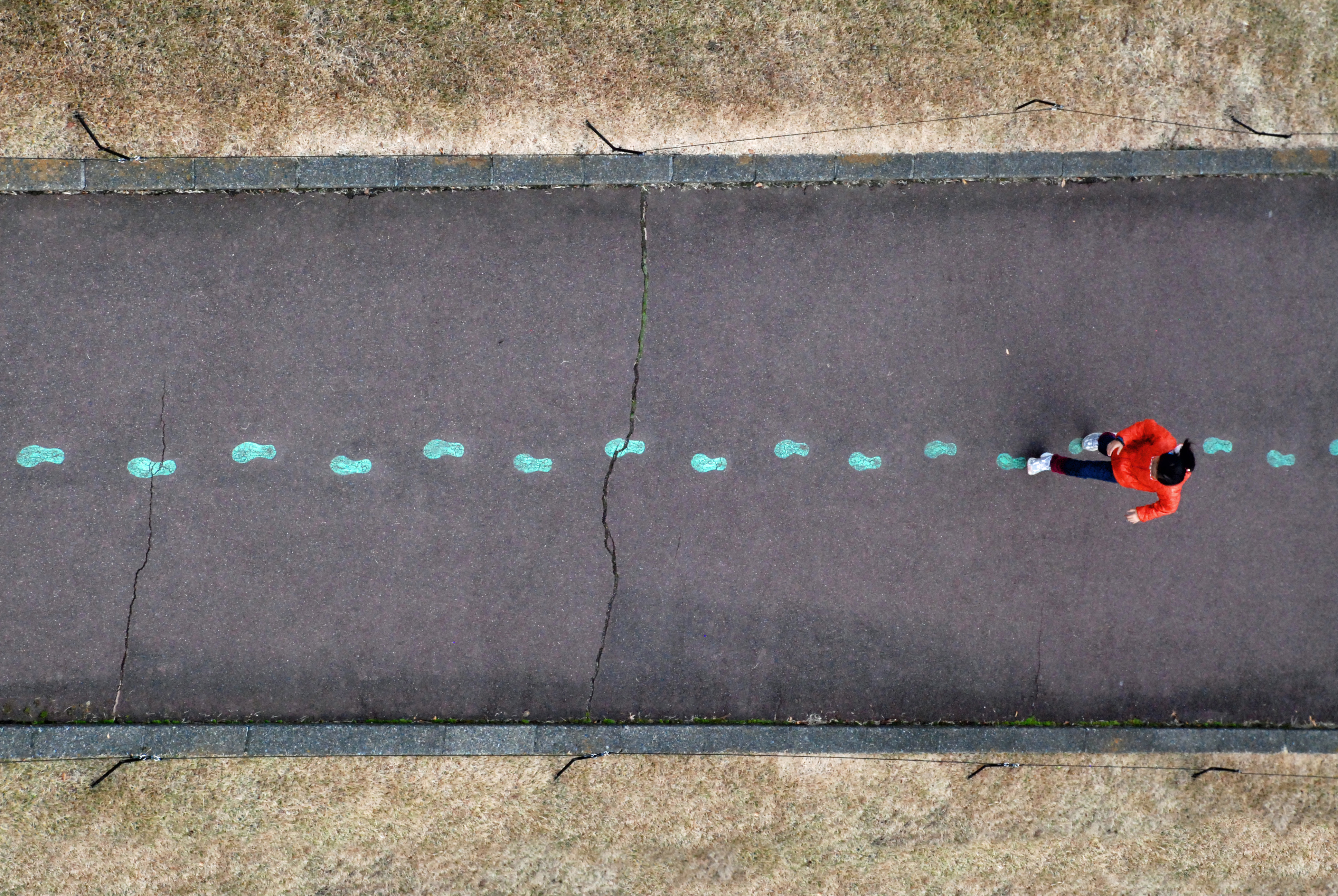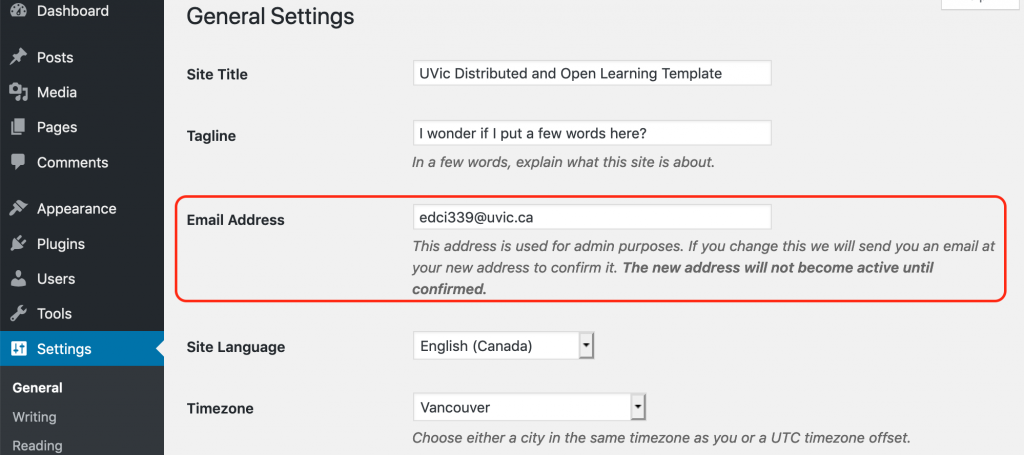Transitioning from History of EdTech
I was confused about what is EdTech when I first saw this topic. What is EdTech? The full name of EdTech is “Education Technology”. It is the practice of introducing IT tools into the classroom to create a more engaging, inclusive and individualized learning experience. On the other way, it includes all components of information technology used in the delivery of educational materials.

The History of EdTech
There are so many different technologies and tools that have been used and changed in a thousand years. In the early decades, there was oral communication, written communication, broadcasting and radio, and so on. In recent decades, there are basic chalkboards, overhead projectors, smart boards, technology devices and it is still changing right now. 1998: Wikis—a web page that could be jointly edited by anyone—was a fundamental shift in how we related to the internet. 2001: e-learning. It is a learning system based on formalized teaching but with the help of electronic resources. 2003-Blogs 2004-The LMS. It stands as the central e-learning technology. 2009: Twitter and social media. 2010: Connectivism. It is a relatively new theory of learning or epistemology but it is still being refined and developed, and it is currently highly controversial, with many critics. 2020-Zoom (Zoom has become one of the leading video conferencing software apps in 2020). It is a cloud-based video conferencing service we can use to virtually meet with others by audio or video or both. We can also do live classes and record it.
Due to the Covid-19, online learning is the most common way for everyone to learn right now. There are many different stuffs come out because of the Covid-19. One of them is Asynchronous &Synchronous. During Covid-19 period, many students will be in many time zones, in unpredictable living circumstances, and often with unreliable access to the internet. This is obviously problematic, for instance, for a student studying from home in China, with a 15 hour time zone difference and where it often takes hours to download a video or an assignment. These challenges are not limited to international students; reliable internet is also a problem in rural areas in Canada. According to Dr. Verena Roberts, I know a new term-Hyflex Learning. I believe this term is new for most of students. It is a term sometimes referred to as Blendflex and students are able to jump between a completely online version of a class and a completely synchronous version of the same class as they meet their individual learning needs.
To sum up, I think the Education Technology that we use right now is great. Due to the Covid-19, online learning has been used widely. Currently, people study and work at home, on the good side, we do not need to buy any paper materials, everything is online like e-books. Also, it is more convenient to upload files and share them with others. However, this education technology that we used now lacks the traditional studying methods and theories.
References:
Builtin. (2019). Retrieved from https://builtin.com/edtech
https://uwaterloo.ca/keep-learning/strategies-remote-teaching/synchronous-vs-asynchronous-online-learning



